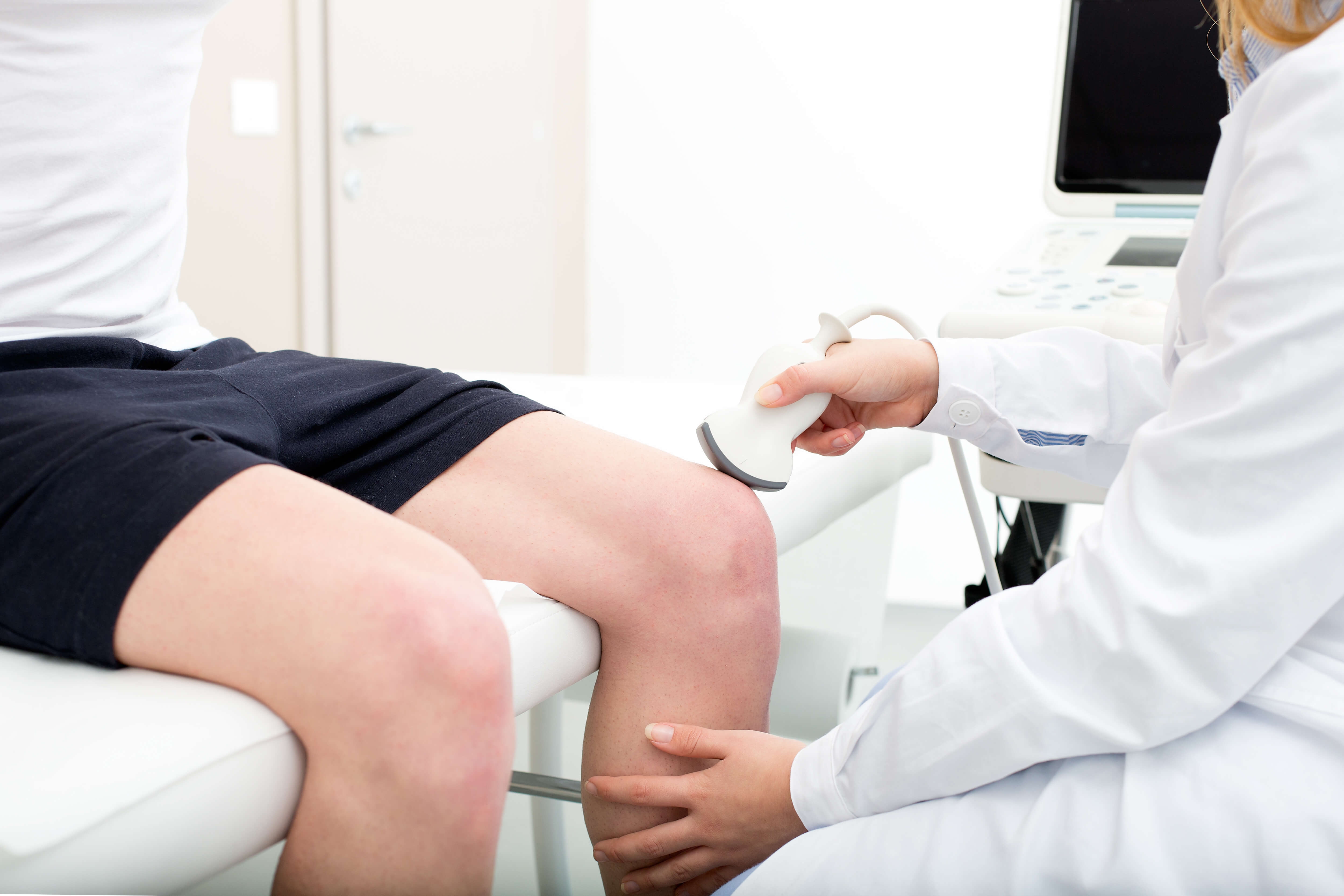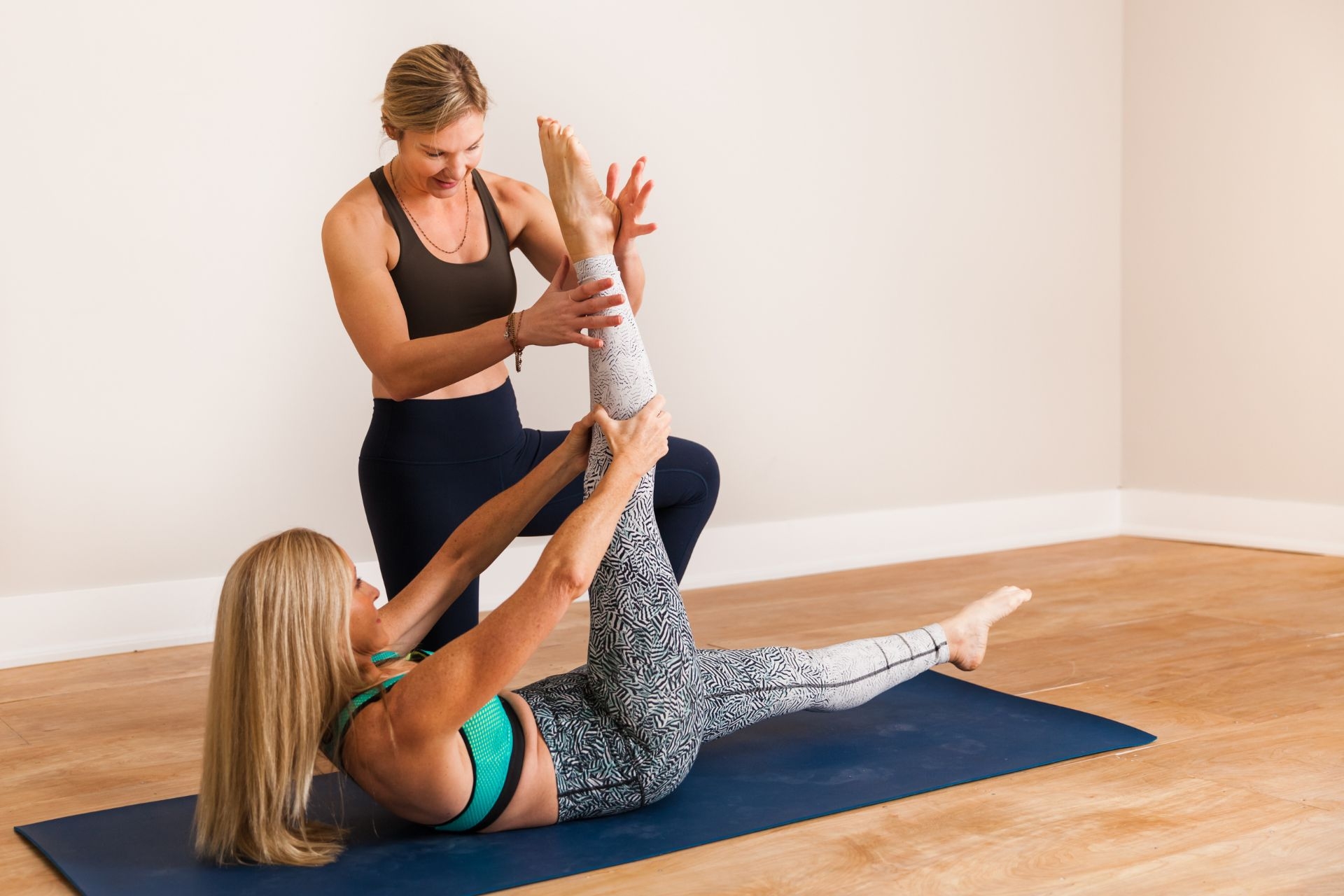Various imaging techniques are utilized in musculoskeletal assessment to evaluate the structure and function of the bones, joints, muscles, and soft tissues. These techniques include X-rays, computed tomography (CT) scans, magnetic resonance imaging (MRI), ultrasound, and bone scans. X-rays are commonly used to assess fractures, dislocations, and bone density, while CT scans provide detailed images of bones and joints. MRI is effective in visualizing soft tissues such as ligaments, tendons, and cartilage, making it valuable for detecting injuries and abnormalities. Ultrasound is often used to assess soft tissue injuries and joint inflammation. Bone scans are helpful in detecting bone tumors, infections, and fractures that may not be visible on other imaging modalities. Overall, a combination of these imaging techniques is essential for a comprehensive musculoskeletal assessment.



